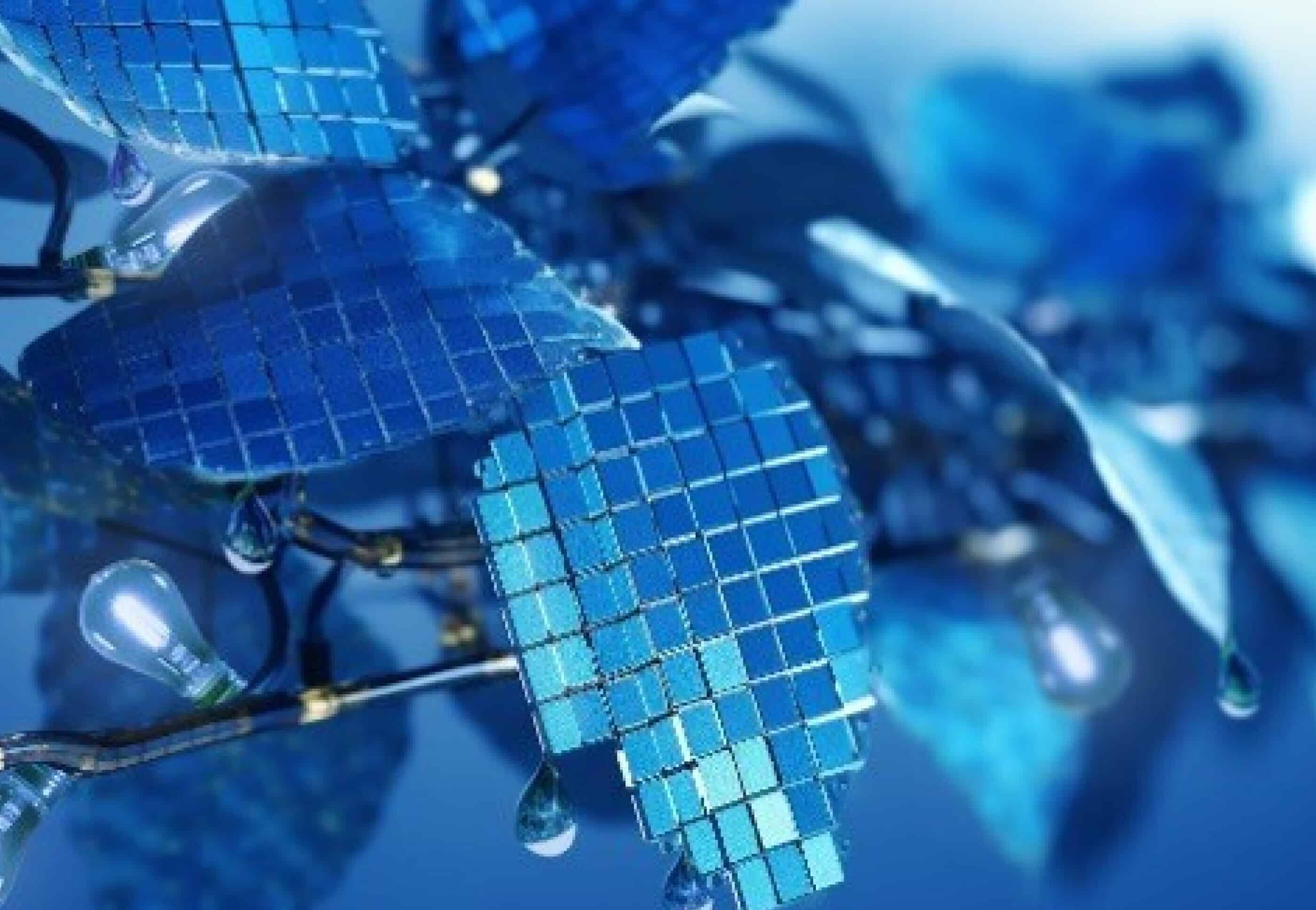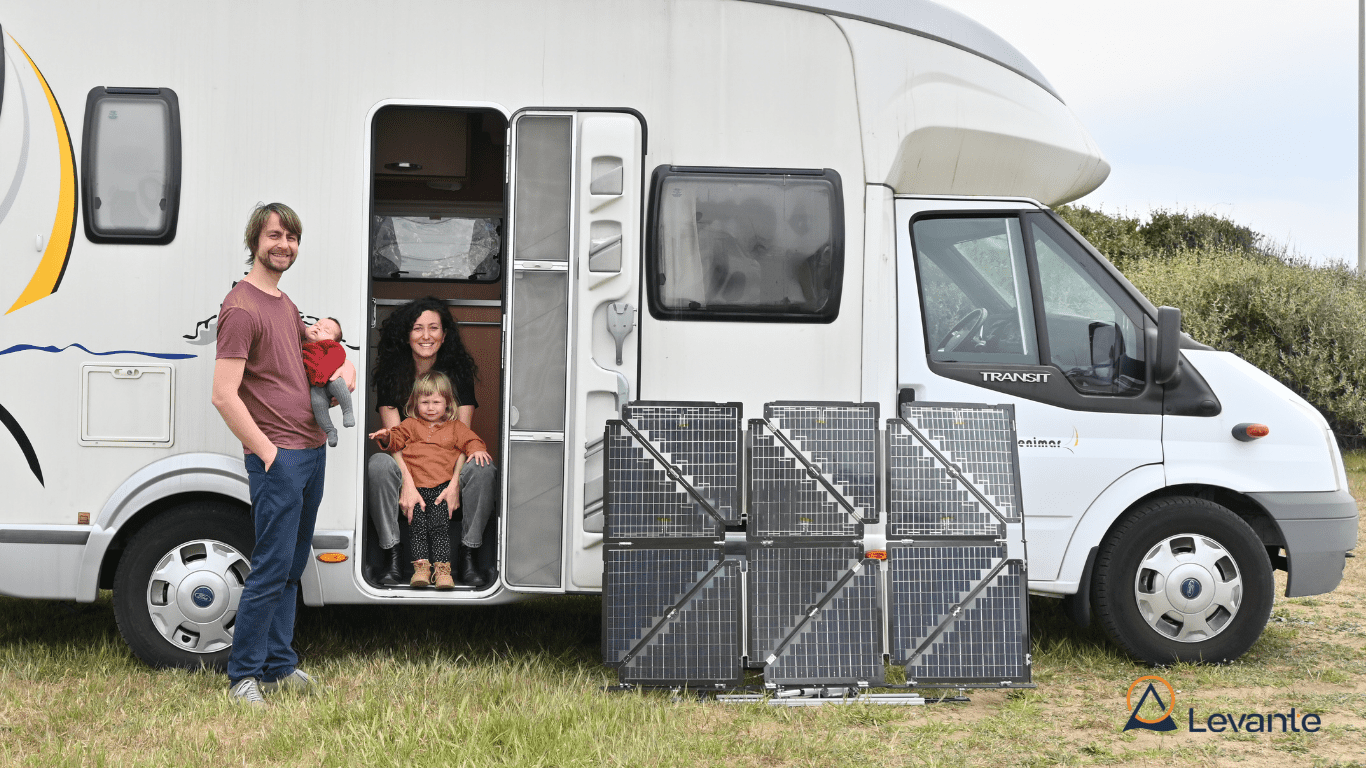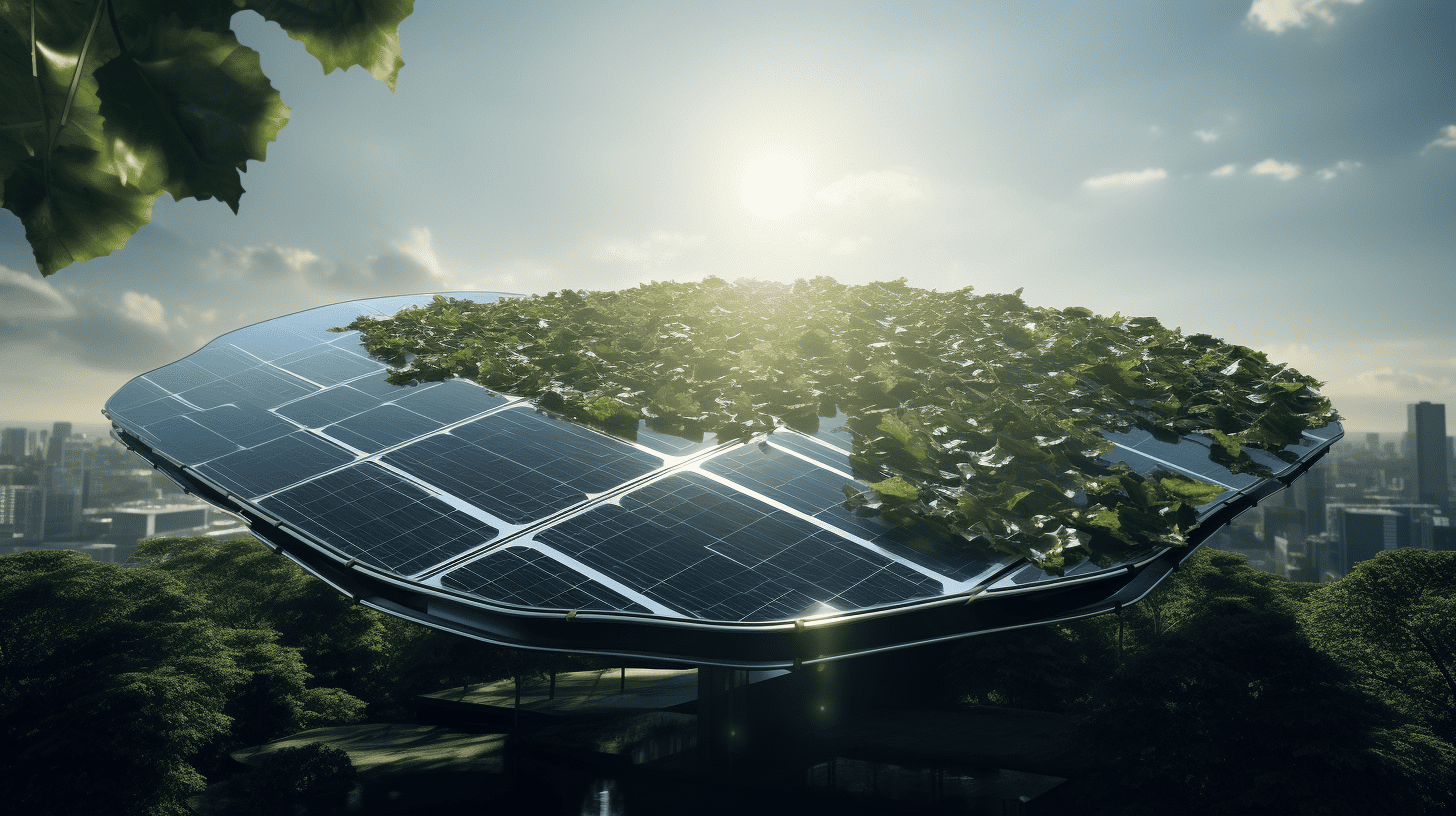
Photovoltaic solar energy is obtained by converting sunshine into electricity – and researchers from Imperial Collge London have developed a new leaf-like design with increased efficiency. The new photovoltaic leaf (PV-leaf) technology uses low-cost materials and could inspire the next generation of renewable energy technologies.
- Researchers at Imperial College London have unveiled a novel leaf-inspired photovoltaic (PV) technology.
- This innovative PV-leaf design generates over 10% more electricity compared to traditional solar panels.
The new photovoltaic leaf (PV-leaf) technology could inspire the next generation of renewable energy technologies. A series of experiments has demonstrated that a PV-leaf can generate over 10% more electricity compared to conventional solar panels, which lose up to 70% of the incoming solar energy to the environment. The new PV-leaf design developed at Imperial could also produce over 40 billion cubic metres of freshwater annually.
This design eliminates the need for pumps, fans, control units and expensive porous materials, can generate additional clean water and thermal energy, and adapt to ambient temperature and solar condition variations.

Inspiration from nature
A typical plant leaf is made of different structures which enable it to move water from the plant’s roots to its leaves through a process called transpiration. Taking inspiration from plant leaves, the PV-leaf concept mimics the transpiration process, allowing water to move, distribute and evaporate. Natural fibres mimic leaf vein bundles while hydrogels simulate sponge cells, so a PV-leaf can effectively and affordably remove heat from solar PV cells.
Dr Gan Huang, Honorary Research Fellow in the Department of Chemical Engineering, and author of the study said: “This innovative design holds tremendous potential for significantly enhancing the performance of solar panels, while also ensuring cost-effectiveness and practicality.”
Professor Christos Markides, Head of Clean Energy Processes Laboratory, and author of the study, said: “Implementing this innovative leaf-like design could help expedite the global energy transition, while addressing two pressing global challenges: the need for increased energy and freshwater.”
The paper High-efficiency bio-inspired hybrid multi-generation photovoltaic leaf was published in Nature Communications.








